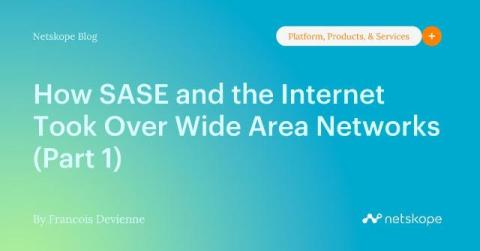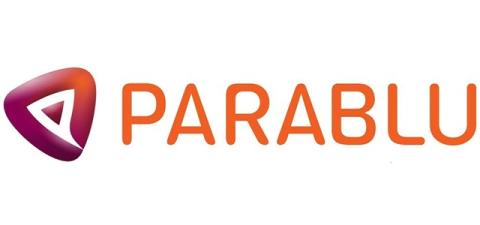Deceptive AI: A New Wave of Cyber Threats
As artificial intelligence (AI) technology advances, its influence on social media has become more and more pervasive and riddled with challenges. In particular, the ability for humans to discern genuine content from AI-generated material. Our recent survey conducted with OnePoll on over 2,000 UK workers found that a substantial portion of social media users are struggling to navigate this new digital frontier.











